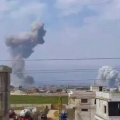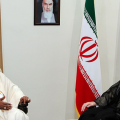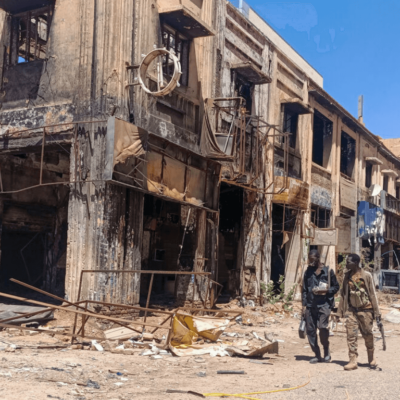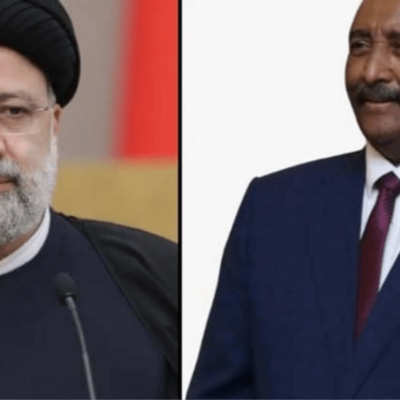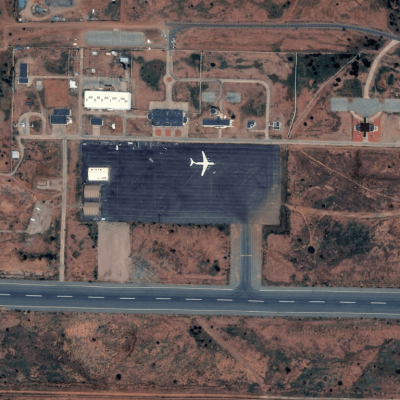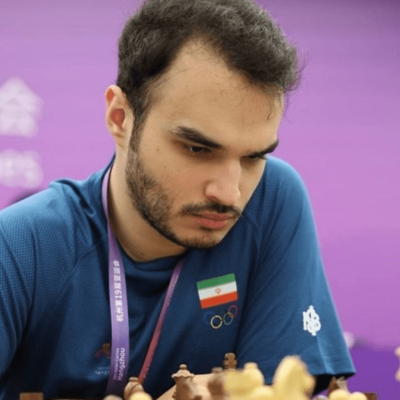Red Sea Rivalry: How Iranian Drones Escalate Sudan’s Civil War
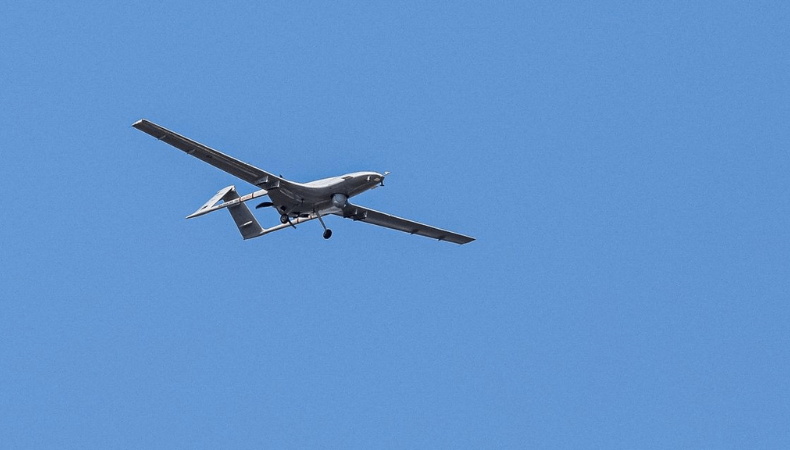
In Sudan’s civil war, Iranian drones are the latest proxy tool!
The civil war in Sudan has been a long-standing conflict that continues to ravage the country, leaving behind a trail of destruction and despair. As various factions fight for power and control, external forces have also started to make their presence felt on the battlefield. One such force is Iran, whose drones have become the latest proxy tool in this deadly struggle. Yes, you read that right – Iranian drones are now playing a pivotal role in Sudan’s civil war.
So buckle up as we take you through this gripping tale where warfare meets technology!
Iran Supplies New Drones to Sudan!
Mohajer-6 combat drone is said to have been delivered to the Sudanese army. This is the latest foreign intervention in a strategic African nation.
Iran has supplied Sudan’s army with combat drones, taking sides in a civil war fueled by proxies vying for access to the Red Sea that has displaced millions and threatens to destabilize the larger region, according to Western officials.
Iran’s intervention in the nine-month conflict on the side of the military, which has lost swathes of territory to paramilitary groups, raises the stakes for the African nation already facing famine. As a result, China, Russia, and Turkey jockey for access to Sudan’s 400-mile Red Sea coastline.
According to Alan Boswell, International Crisis Group project director for the Horn of Africa, Iran’s use of drones and other materials to support Sudan’s army is widely accepted in the diplomatic community. An alliance with Sudan, especially along the Red Sea, would be a major victory for Iran, but it would spook other regional and Western players.
Many sources confirmed this news (Three Western officials, who requested anonymity to disclose sensitive information, said Sudan received shipments of the Mohajer-6, an unmanned aircraft manufactured in Iran by Quds Air Industries that carries precision-guided munitions.) The drone’s presence was confirmed by analysts who reviewed satellite imagery.
According to US officials, the Mohajer-6 can carry out air-to-surface attacks, electronic warfare, and targeting on the battlefield. However, it is unclear whether they had an impact on Sudan.
During the war against Ukraine, Iran provided Mohajer-6 drones to Russia, according to the US. According to Washington, Tehran continues to proliferate unmanned aerial vehicles (UAVs), enabling Russia, its proxies, and other destabilizing actors.
Role of Iranian Drones in the Conflict of Sudan Civil War
Iranian drones have emerged as a significant player in Sudan’s civil war, adding a new level of complexity to an already devastating conflict. These unmanned aerial vehicles (UAVs) have become the latest proxy tool used by Iran to exert influence and support its allies in the region.
The role of Iranian drones in the conflict cannot be underestimated. Equipped with advanced surveillance capabilities these drones provide valuable intelligence to Sudanese government forces and their allied militias.
By arming Sudan, Tehran would strengthen its military influence across the Middle East — where it supports Hamas in Gaza, Hezbollah in Lebanon, and the Houthis in Yemen — as well as its drone program. Hezbollah, Hamas, Kata’ib Hezbollah in Iraq, the Houthis, and Ethiopia’s army have already been supplied by Iran, according to the US.
The impact of Iranian drones on Sudan’s civil war is multi-faceted. On one hand, they give an advantage to government forces supported by Iran, helping them gain control over territory held by rebel groups. On the other hand, this increased military capability exacerbates an already dire humanitarian situation as civilian casualties mount due to airstrikes conducted by these drones.
Iran’s involvement in Sudan’s civil war has raised concerns among regional powers and international observers alike. It highlights Tehran’s willingness to exploit conflicts across the Middle East and Africa through proxy warfare strategies. By leveraging drone technology, Iran can extend its reach beyond its borders without directly committing troops or resources. It is also predicted or well-known that UN experts and Western diplomats to be backing the Rapid Support Forces.
A notable point is, Sudan’s participation in a Saudi Arabia-led coalition battling Yemen’s Houthis, Tehran, and the Sudanese army reopened diplomatic ties in 2023 after a seven-year hiatus.
Keep Reading
More Insights From Iran:
According to Iran, defense exports have risen in recent years. Still, it has consistently denied sending drones to Russia and says Ukraine has not provided evidence to back up its claims.
Hossein Amirabdollahian, the Foreign Minister of Iran, said it was not Iran’s responsibility if other countries copied Iranian drones. Tehran denies arming the Houthis, saying the group is strong enough to act alone.
Satellite image proves the Mohajer-6’s presence in Sudan. According to Wim Zwijnenburg, a Dutch organization seeking to foster peaceful societies, a UAV was captured at the Wadi Sayyidna air base north of Khartoum on 9 August.
The 10-meter wingspan and 7.5-meter length only match the Mohajer-6, Zwijnenberg, a drone expert, told me. He also identified a radio antenna from a control center inside a truck on the airstrip as a common sight where the UAV is operated. He said footage shared on social media of a small aircraft shot down in January by RSF fighters clearly showed the tail wing of the drone.
Ethiopia used Mohajer-6 drones in its war against the Tigray regional government, as Zwijnenburg documented. Open-source intelligence analyst Jakub Janovsky also confirmed the drone was a Mohajer-6.
Sudanese army spokesman, the Iranian Foreign Ministry, and UN mission did not respond to requests for comment.
Other Countries Using Proxy Tools in Sudan’s Civil War
The conflict in Sudan has seen not only Iranian drones being used as proxy tools but also the involvement of other countries hoping to advance their interests. While Iran may be taking advantage of this civil war, they are certainly not alone in doing so.
One country that has been heavily involved is Saudi Arabia. Similarly, Egypt has also been meddling in Sudan’s civil war. They have reportedly supplied arms and training to certain factions, aiming to maintain stability along their border and prevent any spillover effects from reaching their territory. Another player in this proxy game is Turkey. With its ambitions for regional dominance, Turkey has provided military assistance to certain rebel groups, using the conflict as a way to expand its influence in Africa.
These foreign interventions have further complicated an already devastating situation for the people of Sudan. Instead of focusing on finding a peaceful resolution or addressing the root causes of the conflict, these countries are fueling it for their gains.
International intervention is desperately needed to bring an end to this brutal civil war. The continued use of proxy tools by various countries only prolongs the suffering of innocent civilians and exacerbates tensions on both regional and global levels.
For true peace and stability to be achieved in Sudan, all parties involved must prioritize diplomatic negotiations rather than escalating violence through proxy means.
In conclusion, the utilization of Iranian drones as proxy tools in Sudan’s civil war adds another layer of complexity to an already devastating conflict. The use of armed drones raises concerns about civilian casualties and human rights violations. There have been reports suggesting that these weapons have been used indiscriminately or targeted at civilian populations intentionally.
Our stand on this: We appeal to the United Nations (UN) and world powers to step up efforts towards mediation between conflicting parties rather than relying solely on military means. A peaceful resolution would be an ideal outcome for all involved parties.

